Home>Technology>Home Entertainment Systems>How Does An Overhead Projector Work
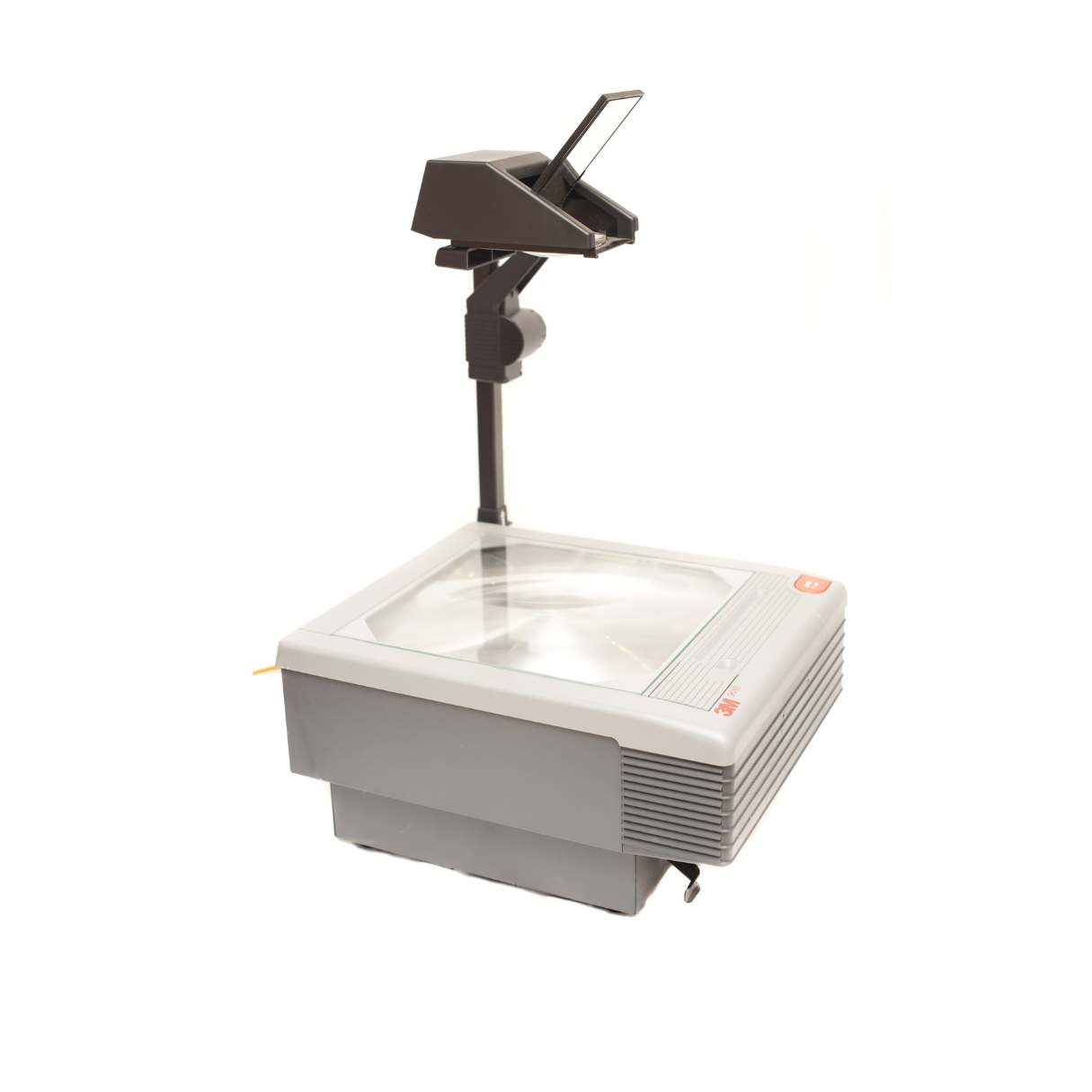

Home Entertainment Systems
How Does An Overhead Projector Work
Modified: January 4, 2024
Learn how an overhead projector works and its role in home entertainment systems. Explore the technology behind this essential device for visual presentations.
(Many of the links in this article redirect to a specific reviewed product. Your purchase of these products through affiliate links helps to generate commission for Storables.com, at no extra cost. Learn more)
Introduction
In the realm of audio-visual technology, the overhead projector stands as a stalwart tool that has facilitated countless presentations, lectures, and educational sessions. Its enduring presence and practical functionality have made it a mainstay in various professional and educational settings.
The overhead projector, often affectionately referred to as the OHP, has a rich history dating back to its invention in the mid-20th century. Despite the advent of digital projectors and interactive whiteboards, the overhead projector has maintained its relevance, demonstrating its enduring value in an ever-evolving technological landscape.
This article aims to delve into the inner workings of the overhead projector, shedding light on its components, functionality, advantages, and limitations. By gaining a comprehensive understanding of how an overhead projector operates, readers will develop a newfound appreciation for this timeless device. Let's embark on a journey to unravel the mysteries behind the humble yet indispensable overhead projector.
Key Takeaways:
- Overhead projectors use light to magnify and project images from transparencies, making presentations engaging and interactive. They’re portable, cost-effective, and great for real-time content creation.
- While overhead projectors have limitations like static content and sensitivity to light, they remain a reliable and user-friendly tool for visual communication and instruction.
Read more: How To Make A Overhead Projector
Components of an Overhead Projector
Before delving into the intricacies of how an overhead projector functions, it’s essential to familiarize ourselves with its key components. Understanding the various parts of an overhead projector provides valuable insight into its operational mechanism.
1. Base and Stand: The base serves as the foundation of the overhead projector, providing stability and support. It typically houses the illumination system and the stage, while the stand allows for height adjustment and positioning.
2. Transparency Stage: Positioned on top of the base, the transparency stage serves as the platform for the transparencies or slides. It features a smooth, glass surface that allows the transparencies to be easily maneuvered and displayed.
3. Light Source: The light source, often in the form of a high-intensity bulb, plays a pivotal role in the projection process. It emits a concentrated beam of light that passes through the transparency, ultimately projecting the image onto a screen or surface.
4. Reflective Mirror: Situated at a 45-degree angle, the reflective mirror redirects the light from the transparency onto the projection lens. This critical component ensures that the image is properly oriented and projected in the intended direction.
5. Projection Lens: The projection lens focuses the light passing through the transparency, enabling it to project a magnified image onto a screen or wall. The quality and precision of the projection lens significantly impact the clarity and sharpness of the projected image.
6. Focusing Knob: The focusing knob allows the presenter to adjust the sharpness and clarity of the projected image. By rotating the focusing knob, the presenter can fine-tune the focus to ensure optimal visibility for the audience.
7. Power Switch and Controls: The power switch and control panel facilitate the operation of the overhead projector, allowing users to adjust settings such as brightness, contrast, and positioning. These intuitive controls empower presenters to customize the projection to suit their specific requirements.
Understanding these fundamental components provides a foundational grasp of the overhead projector’s anatomy. With this knowledge in hand, we can now explore the inner workings of this remarkable device.
How an Overhead Projector Works
Understanding the operational mechanism of an overhead projector unveils the magic behind its ability to project images with clarity and precision. The process unfolds in a series of meticulously orchestrated steps, each contributing to the seamless projection of content onto a display surface.
1. Transparency Placement: The presenter positions the transparency, typically a clear plastic sheet containing text or images, onto the transparency stage of the overhead projector. The transparency must be oriented correctly to ensure that the projected image appears upright and legible.
2. Light Source Activation: Upon activating the overhead projector, the light source, often a high-intensity bulb located within the base, emits a concentrated beam of light. This light passes through the transparency, illuminating the content imprinted on the transparency.
3. Reflection and Refraction: The illuminated content on the transparency is then reflected by the 45-degree angled mirror positioned within the projector. This reflective process ensures that the image is directed toward the projection lens, setting the stage for the next crucial step.
4. Projection Lens Focus: As the light passes through the transparency, the projection lens comes into play, focusing the light and magnifying the image. The carefully calibrated projection lens ensures that the magnified image is projected with clarity and sharpness, optimizing visibility for the audience.
5. Image Projection: The magnified image is projected onto a screen or display surface, rendering the content visible to the audience. Through this process, the overhead projector effectively transforms the static content on the transparency into a dynamic, enlarged projection, capturing the attention of the viewers.
6. Adjustment and Customization: Presenters can leverage the focusing knob and control panel to fine-tune the projection, adjusting parameters such as focus, brightness, and positioning. This flexibility empowers presenters to tailor the projection to suit the specific requirements of their presentation or instructional session.
By orchestrating these sequential steps, the overhead projector seamlessly translates static visual content into dynamic, enlarged projections, enriching presentations and educational experiences. Its intuitive functionality and reliable performance have solidified its status as a timeless tool for visual communication and instruction.
An overhead projector works by shining a bright light through a transparency onto a mirror, which then reflects the image onto a screen. Make sure the transparency is clean and free of smudges for a clear image.
Advantages of Using an Overhead Projector
Embracing the use of an overhead projector offers a myriad of advantages that enhance the presentation and instructional dynamics, making it a preferred tool in various professional and educational settings. Let’s explore the compelling advantages that underscore the enduring appeal of the overhead projector.
- Visual Clarity and Enlargement: The overhead projector excels in magnifying and projecting visual content with remarkable clarity. Text, diagrams, and images displayed on transparencies are enlarged, ensuring that every detail is prominently showcased to the audience. This visual amplification enhances comprehension and engagement, particularly in large auditoriums or classrooms.
- Real-Time Content Creation: Presenters can generate content in real time, leveraging transparency sheets to annotate, highlight, or overlay information during the presentation. This dynamic approach allows for interactive and adaptive content delivery, fostering audience participation and facilitating on-the-fly adjustments to the material being presented.
- Cost-Effective and User-Friendly: Compared to more advanced digital projection systems, overhead projectors present a cost-effective solution for visual presentations. They are relatively simple to operate, requiring minimal technical expertise, and do not necessitate complex setup procedures or software integration. This accessibility makes them an ideal choice for diverse user groups.
- Portability and Versatility: Overhead projectors are inherently portable, allowing for ease of transportation between different venues and locations. Their compatibility with a wide range of transparencies and the absence of reliance on specific file formats or digital devices contribute to their versatility, making them adaptable to varying presentation environments.
- Engagement and Interaction: The visual impact of projected content, coupled with the ability to interact with transparencies in real time, fosters heightened audience engagement. Presenters can seamlessly integrate audience participation, such as live annotations or impromptu demonstrations, enhancing the interactive dynamics of the presentation.
These advantages collectively position the overhead projector as a reliable and effective tool for visual communication and instruction. Its ability to amplify visual content, facilitate real-time interaction, and offer user-friendly portability underscores its enduring relevance in contemporary professional and educational contexts.
Limitations of Using an Overhead Projector
While the overhead projector boasts several advantages, it is essential to acknowledge its limitations to gain a comprehensive understanding of its operational scope and potential constraints. By recognizing these limitations, users can make informed decisions regarding its suitability for specific presentation requirements. Let’s explore the noteworthy limitations associated with using an overhead projector.
- Transparency Limitations: The reliance on transparencies as the primary medium for content display poses inherent limitations. The need to prepare and manage physical transparencies can be time-consuming, and the quality of the transparencies, including potential smudges, tears, or fading, can impact the overall visual presentation.
- Environmental Considerations: Overhead projectors are sensitive to ambient lighting conditions. Excessive ambient light can diminish the clarity and visibility of the projected content, necessitating careful attention to the presentation environment. Additionally, the need for a darkened room to optimize projection quality may not always align with the practical constraints of certain venues.
- Static Content Limitation: The static nature of transparencies restricts the dynamic manipulation of content during the presentation. Unlike digital projection systems that allow for seamless transitions, animations, and multimedia integration, overhead projectors are confined to projecting static visual content, limiting the scope of interactive engagement.
- Space and Setup Requirements: The physical footprint of the overhead projector, including the need for a dedicated projection surface and space for the presenter, can impose constraints in smaller or unconventional presentation settings. Additionally, the setup and alignment of the projector, transparency, and projection surface require meticulous attention to ensure optimal projection quality.
- Technological Advancement: In the era of digital innovation, the technological advancements in digital projection systems and interactive display technologies have surpassed the capabilities of traditional overhead projectors. While the latter remains functional and reliable, its limitations in comparison to modern digital solutions are increasingly apparent in certain presentation contexts.
By acknowledging these limitations, users can effectively assess the suitability of an overhead projector for specific presentation scenarios. While its enduring functionality and cost-effective nature are undeniable, these limitations underscore the evolving landscape of visual presentation technologies and the need for adaptable and versatile solutions.
Conclusion
The enduring legacy of the overhead projector is a testament to its intrinsic value as a visual communication tool. Its ability to seamlessly project visual content, facilitate real-time interaction, and offer user-friendly portability has solidified its status as a timeless instrument for presentations and instructional sessions. While the advent of digital projection technologies has reshaped the visual presentation landscape, the overhead projector continues to hold its ground, offering a distinct set of advantages and practical functionalities.
By comprehensively exploring the components, operational mechanism, advantages, and limitations of the overhead projector, we have gained a holistic understanding of its role in contemporary professional and educational settings. Its reliance on transparencies, sensitivity to ambient lighting, and static content limitations are balanced by its visual clarity, real-time content creation capabilities, and cost-effective user-friendly nature.
As we navigate the ever-evolving technological terrain, it is crucial to recognize the nuanced interplay between tradition and innovation. The overhead projector, with its enduring relevance and practical functionality, stands as a bridge between the analog and digital realms of visual communication. Its legacy serves as a reminder of the enduring impact of foundational technologies in shaping our present and future.
In conclusion, the overhead projector, with its timeless appeal and adaptive versatility, continues to illuminate the path for effective visual communication and instructional engagement. Its legacy endures, casting a bright light on the evolution of presentation technologies and the enduring significance of reliable, user-friendly tools in the pursuit of effective communication and knowledge dissemination.
Frequently Asked Questions about How Does An Overhead Projector Work
Was this page helpful?
At Storables.com, we guarantee accurate and reliable information. Our content, validated by Expert Board Contributors, is crafted following stringent Editorial Policies. We're committed to providing you with well-researched, expert-backed insights for all your informational needs.
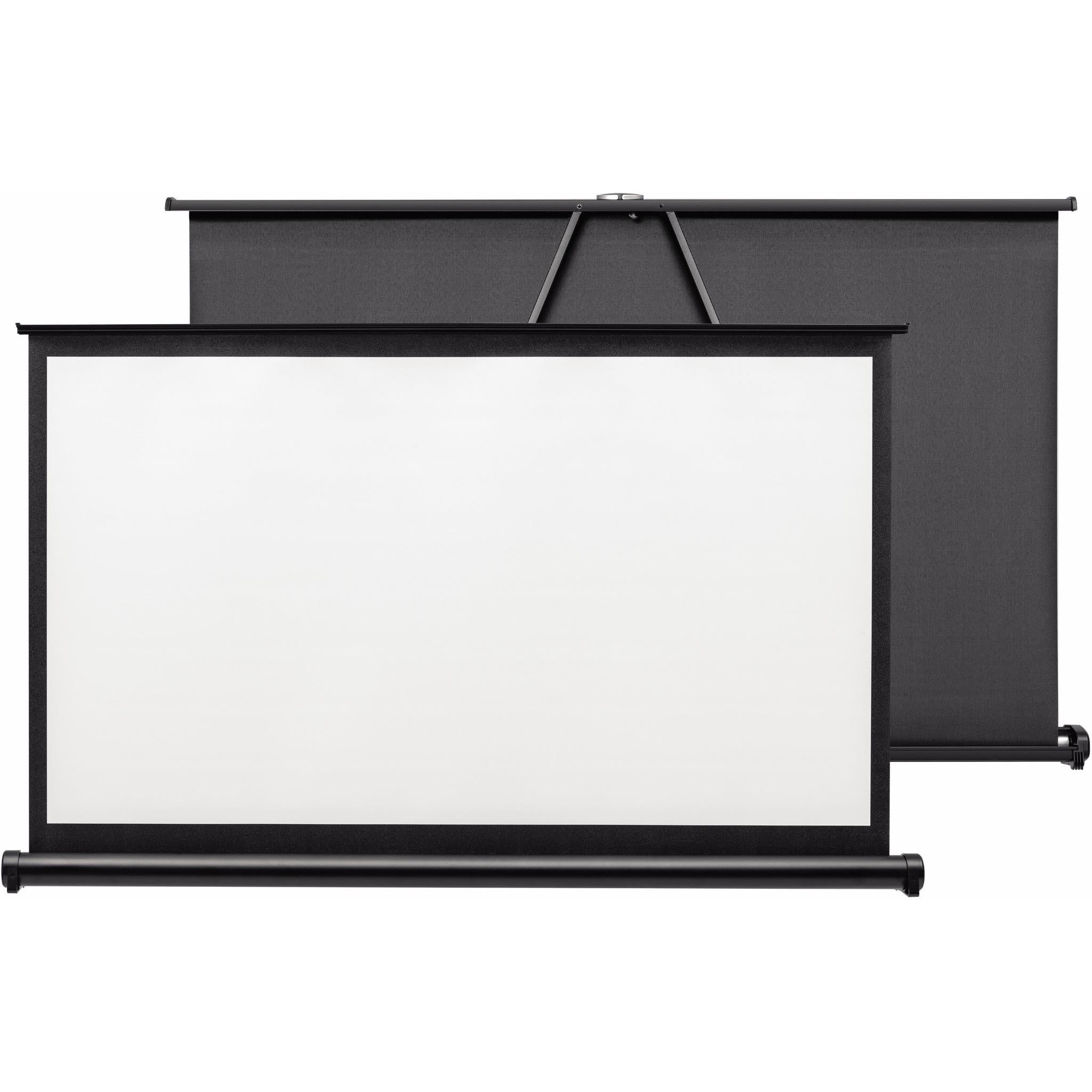
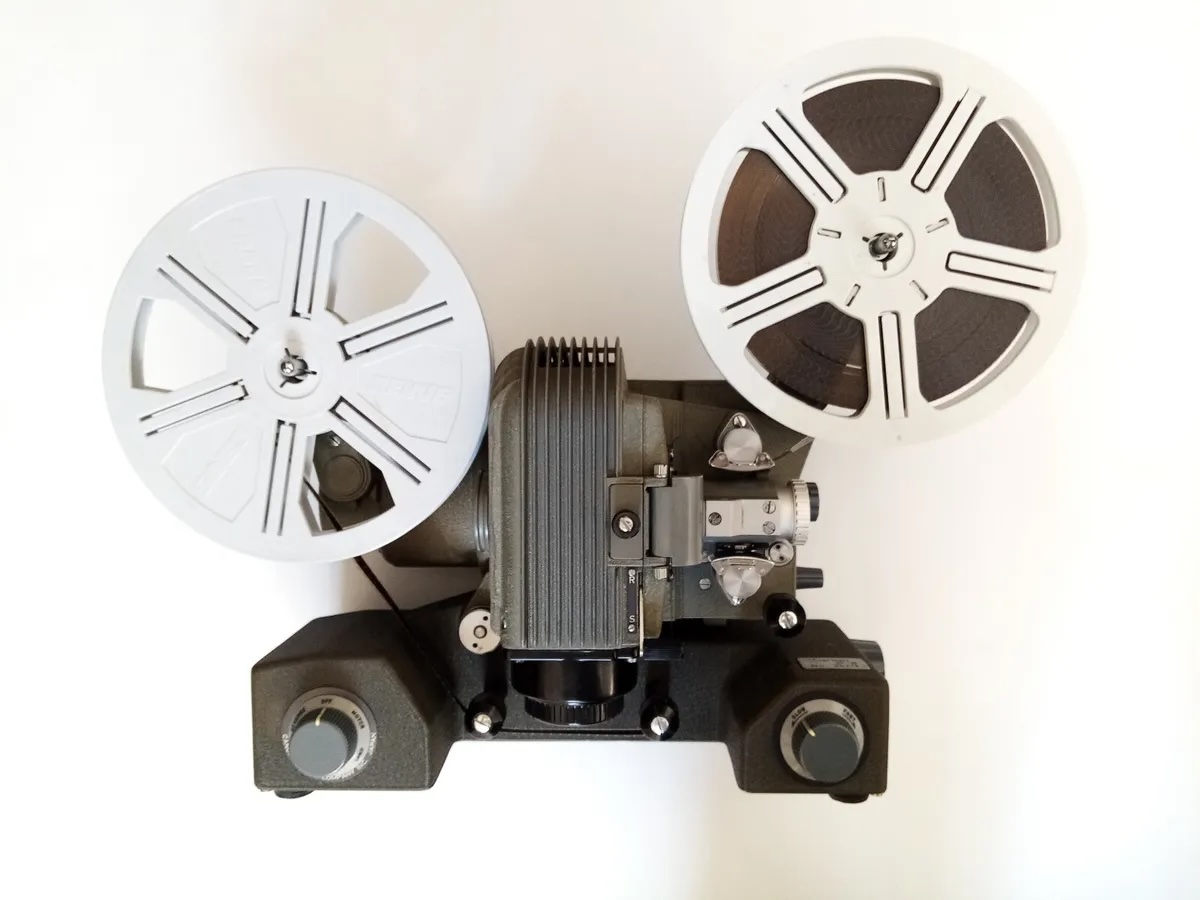
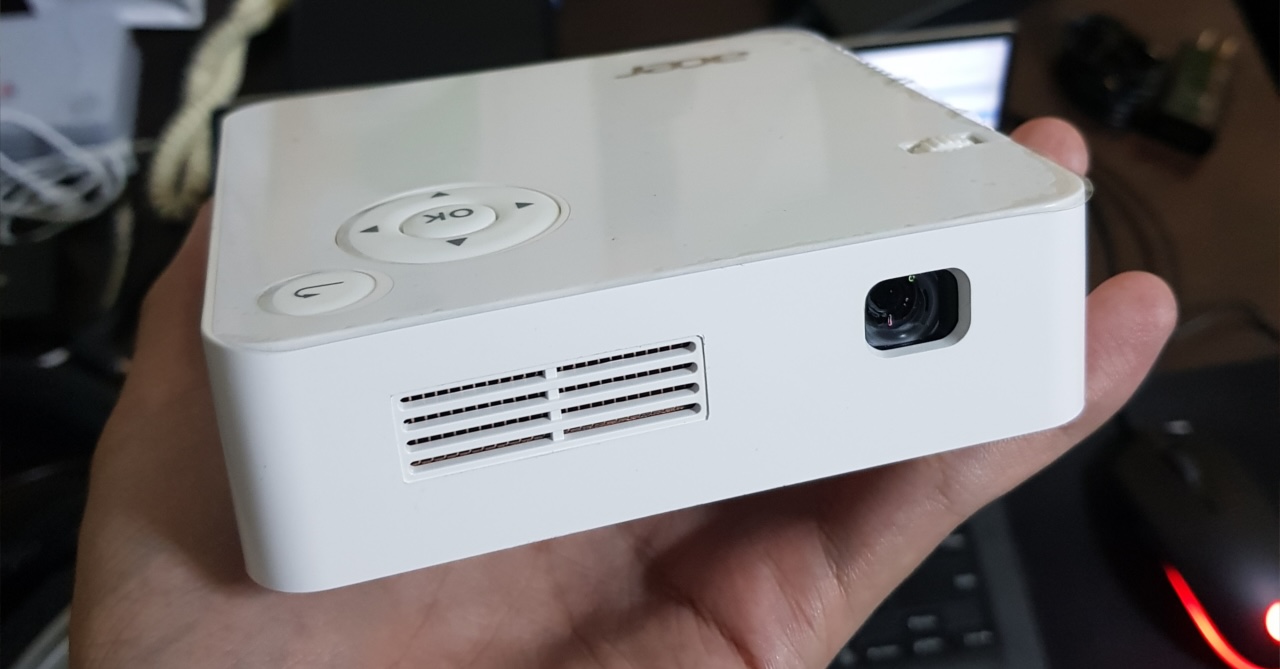

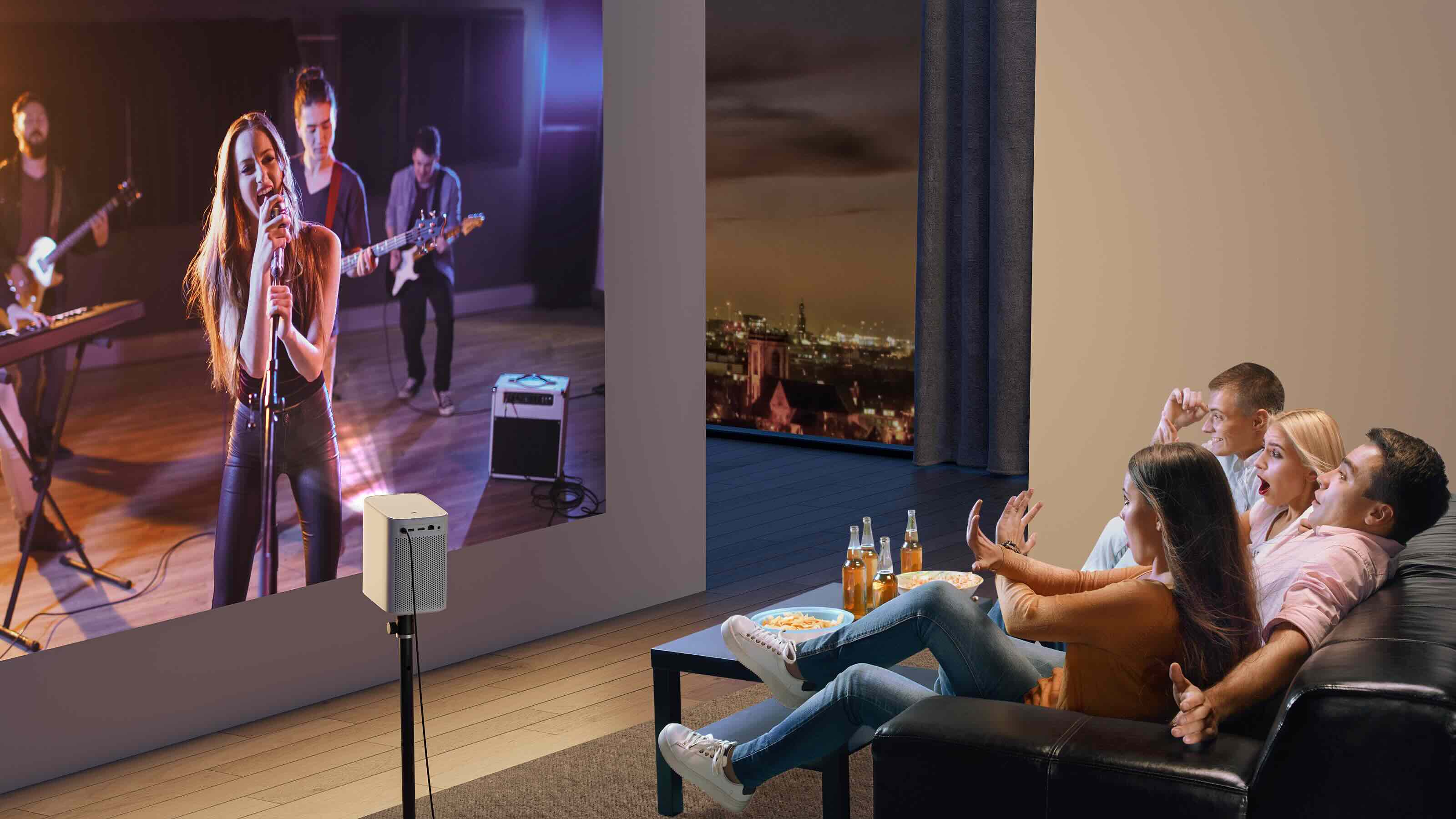





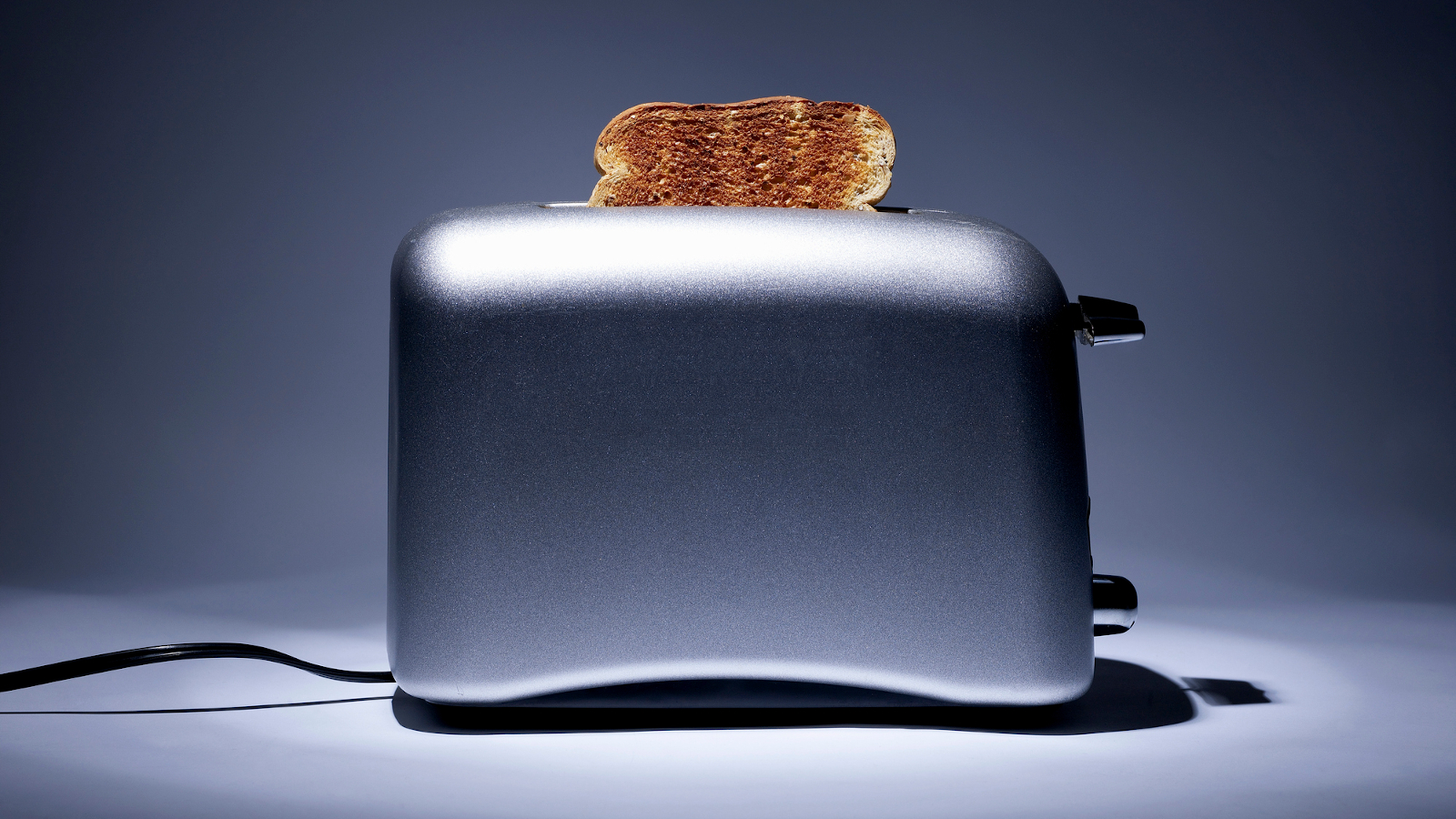
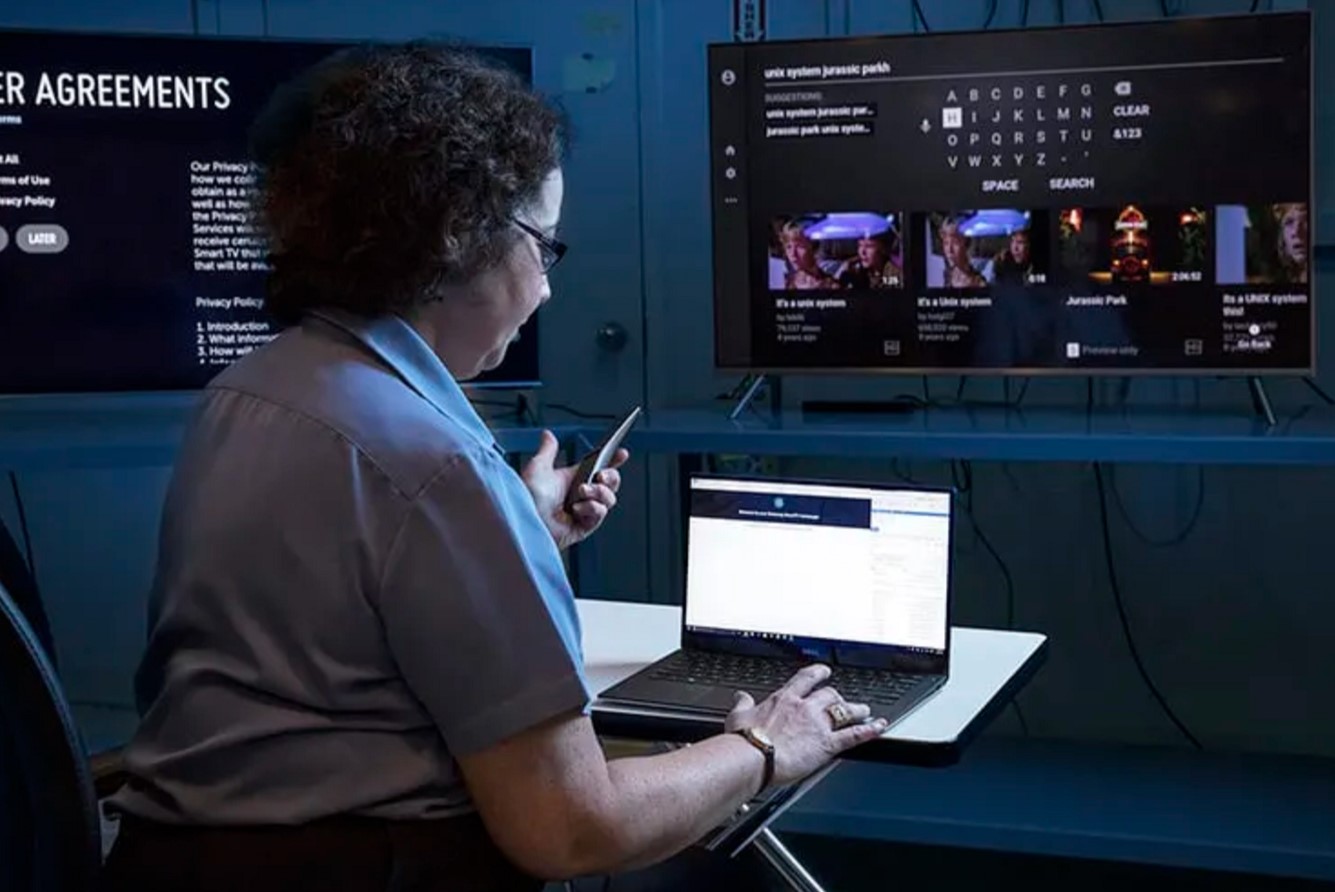



0 thoughts on “How Does An Overhead Projector Work”